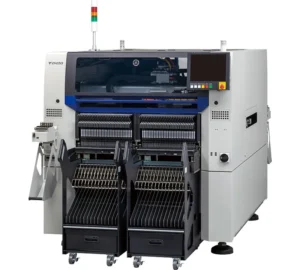When supply chain disruptions hit during the COVID years, many called for reshoring and significant investment in domestic production here in the United States. But a fascinating new study offers a different – and perhaps more effective – plan for a better future.
Kearney, a management consulting firm, notes that our industry still depends heavily on a single geographical area—namely, Mainland China and Taiwan— for many of the components we use. The recent Kearney study maintains that, while the recent push to boost U.S. manufacturing is laudable, reshoring is “simply not practically or economically feasible given the scale and complexity of required resources.”
Instead, Kearney says their research offers another solution: a multi-geography “team approach.” The gist: the United States and its treaty allies and trade partners ramp up existing strengths to share the burden and reduce the risks involved in over-dependence on China.
For example, the U.S., South Korea and Japan all excel in certain facets of semiconductor production. Likewise, India, Vietnam, and the United Kingdom have labor markets capable of boosting production of communications equipment.
This is a macro-level version of how Niche Electronics seeks to manage the supply chain on behalf of our customers. We maintain multiple partners with multiple strengths across many geographical regions.
Kearney notes that implementing its recommended “team approach” will require long-term commitments and aligned economic policies from all partners involved. But rebalancing the supply chain could generate significant benefits. Kearney estimates this approach will enable the U.S. and its partners to boost their combined share of the market from 66% to 90% by 2033 … and create millions of jobs in the process.
The study makes a compelling case for the “team approach,” but whatever steps we take will be critical. Kearney estimates that today’s $1.7 trillion market for consumer technology likely will double within the next decade.






